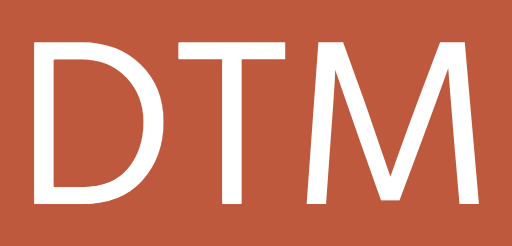5 critical success factors for organizational innovation: IDEAS – Design Thinking for Museums


This article was adapted and reposted with permission from Eric W. Stein’s blog. Eric is an Associate Professor of Management Science and Information Systems at Penn State, and his areas of research and expertise include knowledge management, business design, creativity and improvisation, and entrepreneurial studies.
In his books, “Fostering Creativity in Self and the Organization” and “Designing Creative Power Teams and Organizations,” he argues that individuals and organizations need to focus on five critical success factors to remain innovative and competitive: improvisational proficiency; design thinking; experimentation; aesthetic awareness; and leveraging strengths. This is what he refers to as IDEAS. I believe that these five success factors are just as relevant for museums and the people who work in them as they are for businesses and private-sector workers.
1. Improvisation
Improvisation is the ability to make effective decisions in new and complex situations using current information and appropriate routines. Since there are no rule-books in this complex world, we must become adapt as improvisers by leveraging our deep knowledge. In the immortal words of jazz bassist Charles Mingus, “You can’t improvise on nothing; you got to improvise on something.” Only those who have mastered their craft can improvise. The art of real-time decision-making; i.e., improvisation, is a key life and organizational skill.
2. Design Thinking
Designing is the ability to construct an object or process that meets the requirements of a particular user. Design is a primary differentiator in a crowded marketplace. Think Apple. Organizations need great designers in addition to great leaders, managers, and knowledge workers in order to thrive. Through good design, we breathe new life into existing products and services to remain competitive.
3. Experimentation
Experimentation is the ability to decide between two competing goals or viewpoints by designing a process that yields sufficient information to rank each choice. Experimentation ranges from tinkering (watch children!) to a highly structured process known as an experiment. We constantly tinker in everyday life in order to learn. Great companies like Google encourage tinkering and experimentation, and pharmaceutical companies depend on it for product development. Whether you tinker or design formal experiments, it is potent form of learning.
4. Aesthetic Awareness
Aesthetic awareness is the ability to discriminate between sensory inputs, recognize the feelings and thoughts invoked, and to rank the object in terms of beauty. Beauty presents itself in many forms. To understand aesthetics, we need to really see and connect to what is around us. Perceptual awareness is a key life and organizational skill. When was the last time you bought a product or service because it was beautiful? Does your organization offer beautiful experiences? It is all about connection through the senses and opening emotional channels.
5. Strengths
To have the greatest impact, we must identify and develop our strengths, skills, and areas of intelligence through hard work, practice, and discipline. There are no easy passes here. Hard work leads to genius, and it takes several thousand hours to really master a profession or art form. Proficiency is about commitment. Organizations too need to leverage their core competencies to maximum advantage. Build on what you do well and invent the future.
